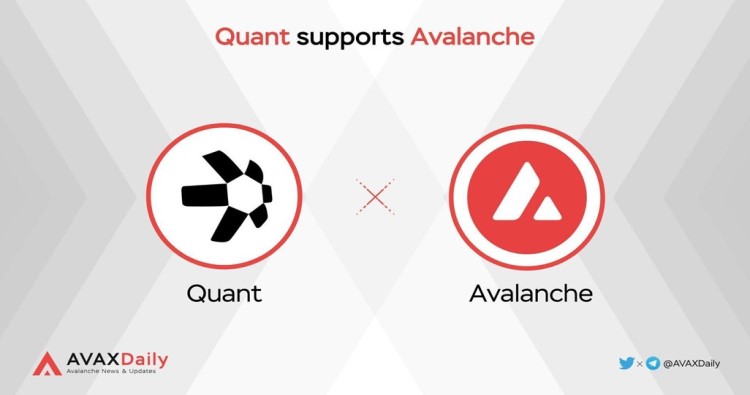
What Is Liquid Staking & How Does It Work?
Staking is a popular way for cryptocurrency holders to earn rewards by locking up their digital assets to help maintain the functionality of a blockchain network. However, traditional staking can be restrictive, as it often requires users to lock up their funds for a set period, reducing their liquidity.
This is where liquid staking comes into play. Liquid staking provides a solution that allows users to earn staking rewards while preserving the liquidity of their crypto assets. In this article, we'll dive into the world of liquid staking, exploring how it works, its benefits, and the different types of liquid staking options available.

Upgrade to premium
To Access the rest of the article
In-depth Analysis
Extra Consultancy
Tips and Tricks
Let's try it!
Liquid staking is a mechanism that enables cryptocurrency holders to participate in staking networks while maintaining the liquidity of their assets. Here's how it works:
1. Deposit your tokens: To support a blockchain network, you first lock up your cryptocurrency in a staking contract.
2. Receive staking tokens: In exchange for your staked assets, you receive staking tokens, also known as "staking derivatives" or "staked assets." These tokens represent your stake in the network.
3. Earn staking rewards: The staking tokens you receive entitle you to a portion of the rewards generated by the staked cryptocurrency. These rewards are typically paid out in additional cryptocurrency.
4. Maintain liquidity: Unlike traditional staking, where your coins are locked up, the staking tokens you receive through liquid staking are transferable. This means you can freely trade them on exchanges or utilize them in various decentralized finance (DeFi) applications.
5. Redeem your staked assets: At any time, you can exchange your staking tokens for the original cryptocurrency, including any accrued rewards.
This process allows cryptocurrency holders to benefit from staking rewards while keeping their assets liquid and accessible for other DeFi activities, such as lending, borrowing, or providing liquidity in automated market maker (AMM) pools.
There are two main types of liquid staking:
1. Centralized liquid staking: In this model, custodial companies or cryptocurrency exchanges manage the entire process, including rewarding users, maintaining validator nodes, and depositing your tokens. While convenient for beginners, this approach introduces counterparty risk, as users must trust the service provider with their funds.
2. Decentralized liquid staking: Decentralized liquid staking protocols rely on transparent, trustless smart contracts to handle the staking process. This removes the need for a central authority, but it requires users to have a higher level of technical knowledge to interact with the protocol directly.
Liquid staking offers several advantages, including:
- Unlocking liquidity: Your staked assets remain accessible and can be traded or used in DeFi applications, unlike traditional staking where they are locked up.
- Earning additional yield: You can earn rewards not only from staking but also by lending out your staking tokens or using them in other DeFi protocols.
- Fractional staking: Liquid staking allows users to participate in staking even with small amounts of cryptocurrency, as the minimum stake requirements are often lower.
However, liquid staking also comes with some potential drawbacks, such as the risk of centralization in custodial services, the complexity of decentralized protocols, and the inherent risks associated with smart contract vulnerabilities.

Liquid staking represents a significant innovation in the cryptocurrency ecosystem, as it addresses the liquidity constraints of traditional staking. By providing a way for users to earn staking rewards while maintaining the flexibility and utility of their crypto assets, liquid staking has the potential to drive greater adoption and participation in staking networks.
The ability to leverage staked assets in DeFi applications further enhances the value proposition of liquid staking, as it allows users to optimize their returns and explore new investment opportunities. As the crypto industry continues to evolve, liquid staking is likely to become an increasingly important tool for cryptocurrency holders seeking to maximize the utility and profitability of their digital assets.
However, it's crucial for users to carefully evaluate the risks and choose a reputable liquid staking provider or protocol, as the security and reliability of the underlying infrastructure can have a significant impact on the overall experience and outcomes. By understanding the nuances of liquid staking and making informed decisions, cryptocurrency holders can unlock new avenues for growth and diversification within the dynamic DeFi landscape.
Martin Dadak
Previous

Sorry, no more news articles.
Next

Sorry, no more news articles.

.webp)


























































.jpg)


































